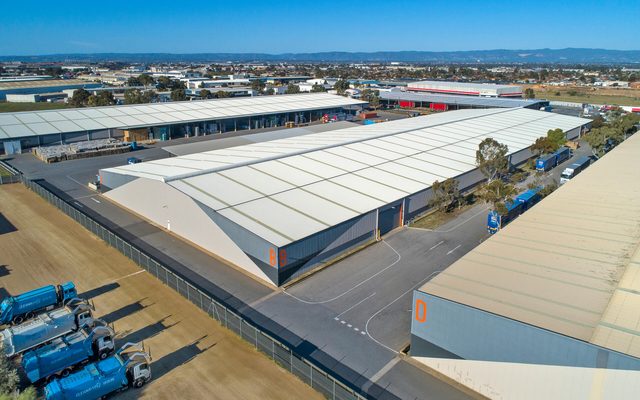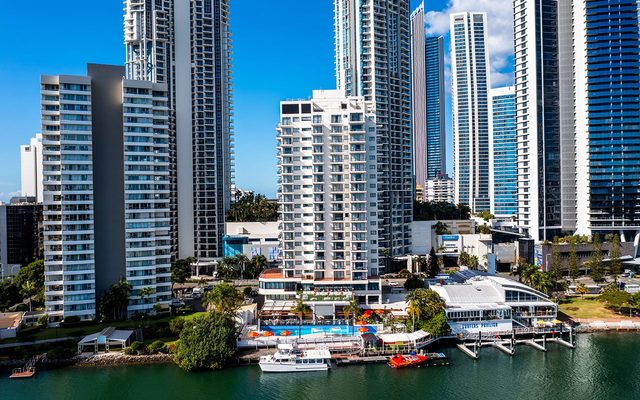This article is from the Australian Property Journal archive
THE Melbourne apartment market only continues to be difficult to read and predict with post-pandemic conditions supported by heightened interest rates and inflation creating uncertainty, but what is certain is that Melbourne is in dire need of new supply to meet the population forecast of 7.9 million people by 2050.
According to a report by Charter Keck Cramer’s Richard Temlett, the market is expected to continue shifting around vital factors such as interest rates.
“Once interest rates enter a cutting phase, improved sentiment and ongoing supply issues are anticipated to trigger increasing house prices, signalling the commencement of the next cycle.” Temlett said.
Construction costs are also continuing to increase, creating a major roadblock for several projects. Certain projects may be abandoned or put on hold as a result.
Melbourne’s population is set to grow over the next decade or so, despite a number of residents they’re projected to lose to other parts of Victoria. The impact of Net Overseas Migration is huge on Victoria’s capital city, with Melbourne taking the most NOM in the next 10 years with 34%.
A few of the key figures represent an update on the state of Metropolitan Melbourne in the market across H2 2022. The median unit price is $561,463, which is down slightly on Q3 2022 although the median unit rent is up a whopping 23.5% on December 21, now at $463 p.w.
In terms of supply, 165,200 apartments have been completed in metro Melbourne since 2009. There are also currently build-to-sell 14,930 apartments Under Construction in metro Melbourne with a further 9500 currently being marketed.
Over 2240 build-to-rent apartments are currently under construction across seven projects with completion forecast for 2023-24.1700 BTR apartments were completed across four projects in 2022.
Rent is currently very popular among millennials, with the likelihood of being able to afford a house in Melbourne slim in the current market.
12% of Millennials are living in high-rise apartments (a 9% increase from 2006) while 44% are renting (also up 9% from 2006), without the ability to get into the for sale market.
Despite the work on further apartment development and planning, the supply v demand battle continues to show a concerning imbalance. Vacancy rates are awfully low, with Q4 22 percentage of 1.6%, down from 3.9% in Q4 21. In almost every sub-market they sit below the market equilibrium of 3% and are expected to stay there for a few years.
With numbers predicted for Melbourne to see their population grow to 7.9 million by 2050, it’s been calculated that around 13,500 apartments would need to be built each year to reach the underlying demand.
Meanwhile the report said there is likely to be a natural price floor on price falls of established and contemporary BTS apartments in Melbourne. This is due to the shortage of supply, return of demand, increasing rents, improving yields and desire of many buyers to enter the property market (trading off an unaffordable detached house for an apartment).
But given current market conditions, and in the absence of a decline in construction costs or underlying land values, the price of new apartments across many sub-markets are simply going to have to increase so that they can be feasibly delivered.
“Charter Keck Cramer observes that although this is already starting to occur in several sub-markets, particularly in projects aimed at rightsizers / downsizers, a number of key market fundamentals will need to shift before these opportunities are available throughout the broader market. As the supply crunch continues, prices across many other sub-markets and prices will follow suit over time.
Temlett said until there is more certainty with interest rates, the build to sell (BTS) apartment market is anticipated to continue to remain slow for the first half of 2023.
“Presales are anticipated to begin to pick up from the point at which interest rates stabilise (assumed mid to late-2023) and will start to accelerate when the interest rate cycle.”
Conversely the build to rent apartment market is quickly emerging in Melbourne with four projects (1,700 BTR apartments). A further seven projects (2,240 apartments) are currently under construction and due for completion over 2023-2024. There are also over 13,100 BTR apartments across 37 projects at the early stages of the development process, although it continues to be very challenging to get projects to stack up as well as to secure funding for construction.
“Given the strong rental growth in Melbourne, it is anticipated that those developers that are able to proceed with construction will benefit from little direct competition in the marketplace and achieve strong rental returns and premiums. The fundamentals to support BTR in Melbourne exist and with over 30% of the population renting, there is a substantial opportunity for BTR to supply rental accommodation that will be unable to be supplied by the BTS market in the short to medium-term.” Temlett concluded.




